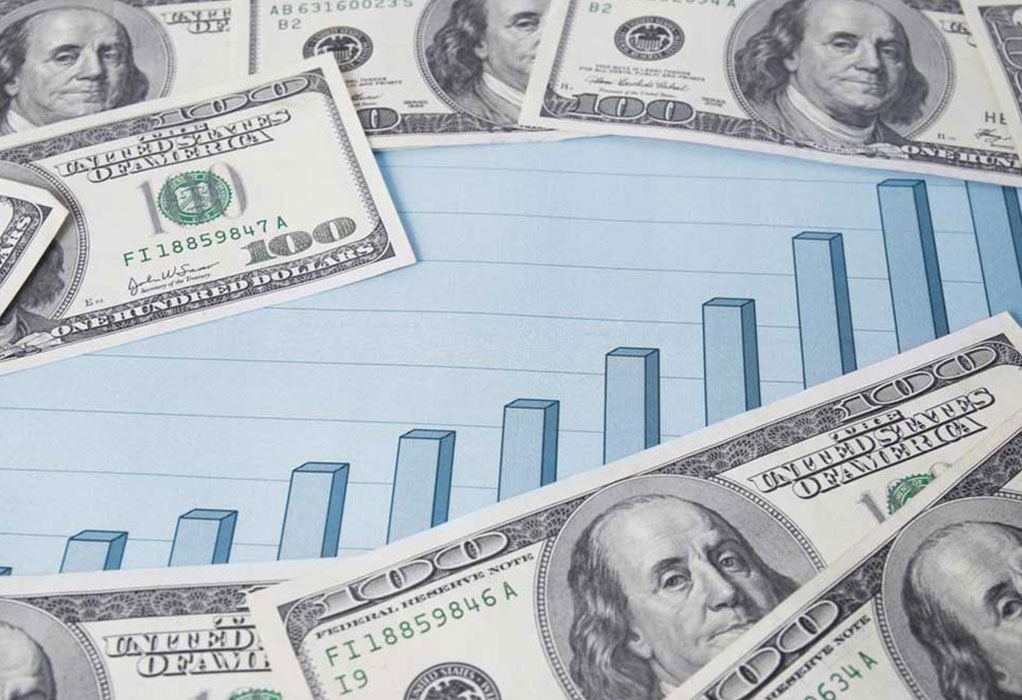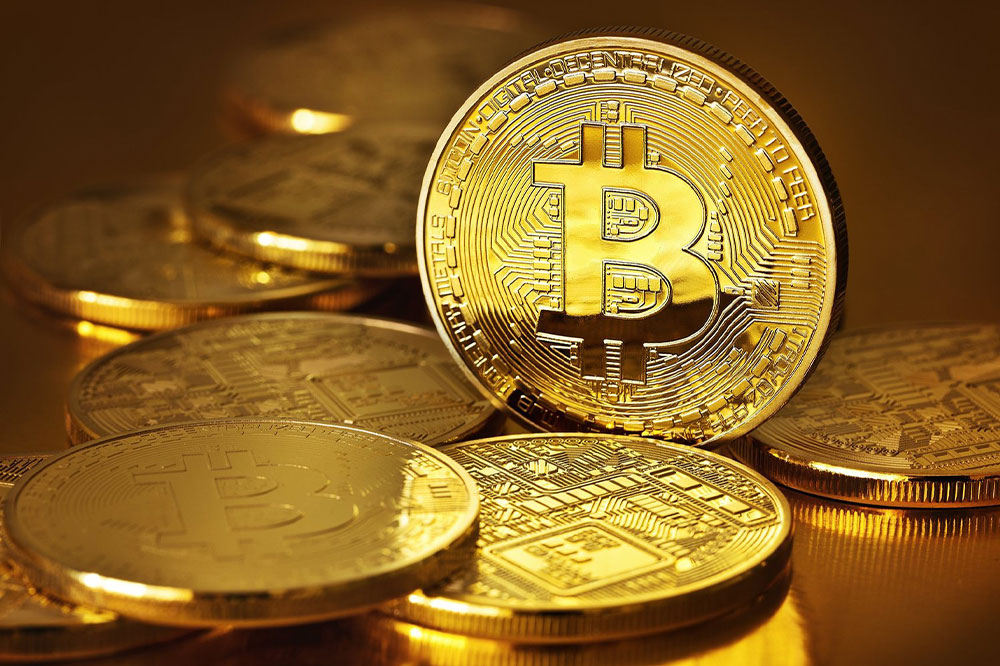Comprehensive Analysis and Future Outlook of Ripple (XRP) in 2024
This comprehensive article explores Ripple's technological innovations, strategic partnerships, and market potential in 2024. It provides insight into XRP's future growth, challenges, and investment opportunities, emphasizing Ripple's role in revolutionizing cross-border payments globally.

Comprehensive Analysis and Future Outlook of Ripple (XRP) in 2024
In recent years, the cryptocurrency landscape has experienced unprecedented growth and innovation, with Ripple (XRP) standing out as one of the most influential players. Ripple has transformed from a niche digital asset into a prominent financial technology that is reshaping cross-border payments worldwide. As of 2024, understanding Ripple’s current position, technological advancements, strategic partnerships, and market potential is crucial for investors and industry stakeholders alike. This comprehensive overview delves into Ripple's journey, current developments, and future prospects, offering valuable insights into its path forward.
Ripple's technology is distinguished by its focus on facilitating fast, efficient, and secure international money transfers. Unlike traditional banking channels that often involve high fees and slow processing times, Ripple leverages blockchain technology to enable near-instantaneous settlements at significantly reduced costs. This approach has garnered support from major financial institutions and payment service providers worldwide, positioning Ripple as a leader in the financial technology revolution.
As the trust and adoption of Ripple grow, it is vital to examine various factors influencing its market performance, technological evolution, and strategic initiatives. This detailed analysis explores key mechanisms behind Ripple’s success, current hurdles, and what the future may hold for XRP, the digital asset at the core of Ripple's network.
Ripple’s Technology and Its Market Impact
At the heart of Ripple’s ecosystem is its innovative blockchain protocol, designed specifically for high-speed international transactions. RippleNet, the network that integrates Ripple’s blockchain solutions, connects financial institutions around the globe, enabling them to execute cross-border payments with greater efficiency. The Ripple protocol’s core features include:
High-speed transactions: XRP transactions are confirmed within seconds, significantly faster than traditional banking methods.
Low transaction fees: Ripple offers cost-effective solutions that drastically cut down the expenses associated with international transfers.
Scalability: The network can handle large transaction volumes, making it suitable for global banking systems.
Transparency and Security: The decentralized nature of the XRP Ledger ensures secure and transparent transaction processing.
These technological advantages have made Ripple attractive to banks, remittance companies, and financial institutions looking to optimize their cross-border payment infrastructure. Moreover, Ripple’s real-time gross settlement (RTGS) system allows for immediate currency conversions and settlement, reducing reliance on outdated SWIFT systems and minimizing settlement risks.
Strategic Partnerships and Industry Adoption in 2024
One of Ripple’s most significant achievements has been establishing partnerships with major financial entities. These collaborations not only validate Ripple’s technology but also accelerate its global adoption. As of 2024, Ripple’s network includes collaborations with prominent banks, payment providers, and fintech firms such as Santander, Standard Chartered, MoneyGram, and SBI Holdings. These partnerships focus on testing and deploying Ripple’s solutions for domestic and cross-border payments.
In addition, Ripple has been actively expanding its presence in emerging markets, where remittance volumes are high, and traditional banking infrastructure may be less efficient. Countries like the Philippines, India, and parts of Africa are key regions where Ripple’s technology could revolutionize financial access and reduce transfer costs for millions of users.
Regulatory Environment and Market Challenges
Despite its promising growth trajectory, Ripple faces certain obstacles rooted in regulatory uncertainty. Cryptocurrency regulations vary significantly across jurisdictions, impacting how Ripple and XRP are integrated into existing financial systems. Some regulators scrutinize XRP’s classification, while others are more receptive to blockchain-based solutions.
Furthermore, Ripple’s centralized aspects, such as its escrow accounts and distribution mechanisms, have raised concerns regarding decentralization and control. Critics argue that these features may affect its long-term stability and acceptance in an increasingly decentralized crypto landscape.
Market volatility remains a challenge. While XRP’s price has experienced substantial growth, it is also subject to sharp declines driven by macroeconomic factors, regulatory news, and broader market sentiment. However, ongoing efforts to build confidence and expand Ripple’s utility could mitigate volatility concerns over time.
Future Outlook and Investment Potential for XRP
Looking ahead, Ripple is positioned to capitalize on the growing demand for efficient cross-border payments. Industry forecasts suggest that the global remittance market will continue expanding, offering substantial opportunities for Ripple’s technology to be adopted on a larger scale. Analysts project XRP could reach prices between $5 and $15 in the next few years, driven by increased institutional adoption and mainstream acceptance.
Successful integration with national payment systems, strong regulatory compliance, and continued technological innovation are critical factors shaping Ripple’s future. The recent surge in partnerships, coupled with advancements in blockchain infrastructure, could further enhance XRP’s value proposition.
Frequently Asked Questions about Ripple (XRP) in 2024
How does Ripple differ from other cryptocurrencies? Ripple focuses on enterprise solutions for international payments, offering faster, cheaper transfers compared to Bitcoin or Ethereum.
Is XRP a good investment in 2024? While promising, investment in XRP should be approached cautiously, considering market risks, regulatory factors, and technological developments.
What are the main benefits of Ripple’s technology? Speed, low-cost transactions, high scalability, and institutional trust are key advantages.
In conclusion, Ripple’s innovative approach to cross-border payments is transforming the financial landscape. Its strategic partnerships, technological advancements, and growing market demand position XRP as a potentially valuable asset in 2024 and beyond. Investors and industry players should continue monitoring regulatory developments and technological progress to make informed decisions about Ripple’s future prospects.
Tips for Investing in Ripple (XRP): Conduct comprehensive research, stay updated on regulatory changes, choose reputable exchanges, and consider long-term trends to maximize your investment potential.





